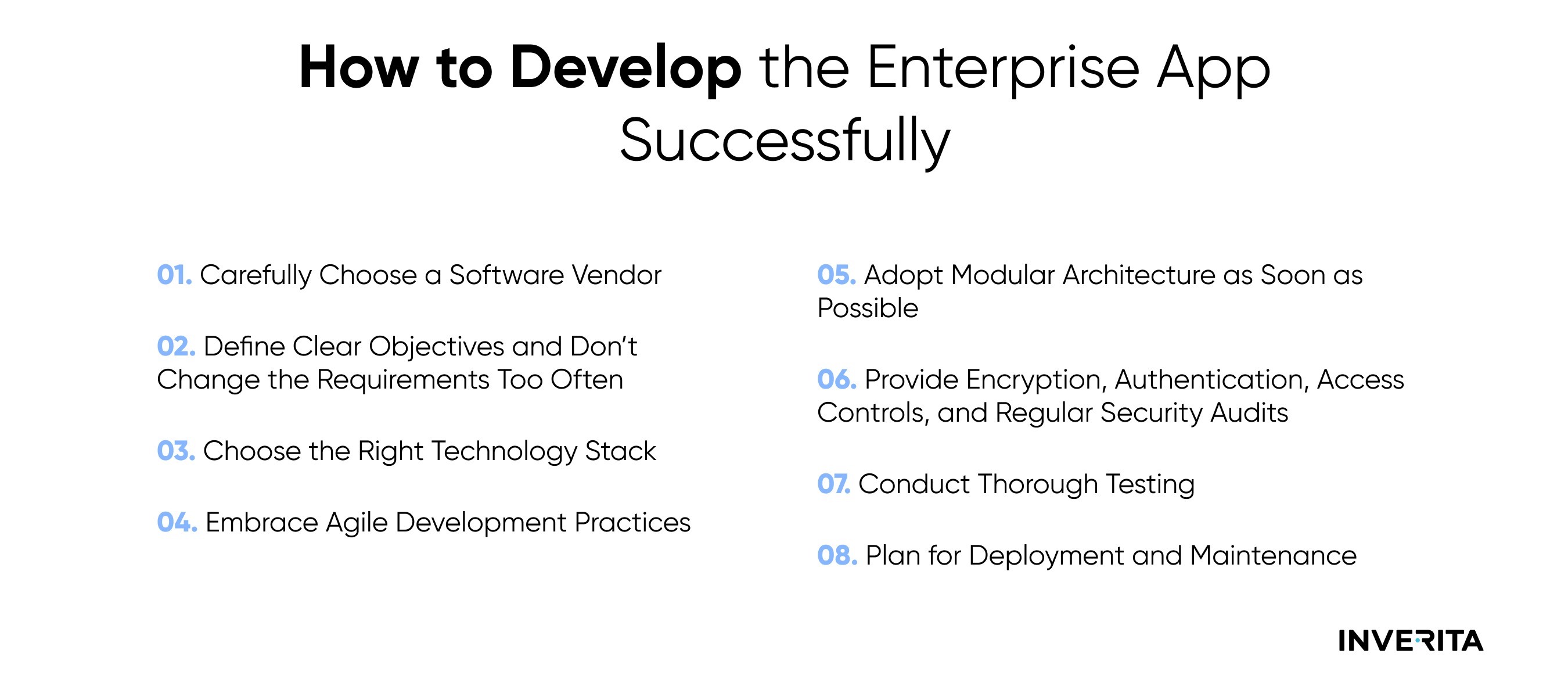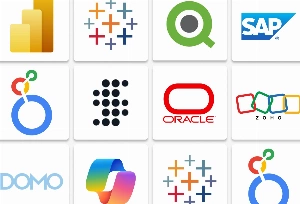Enterprises are spending on IT infrastructure far and wide. They aim to eliminate redundancies, ensure operational efficiency, and gain a competitive edge. Today, it’s almost impossible to address these issues without a custom enterprise application.
Large development solutions capable of tracking and controlling all of the company’s complicated activities require careful planning, coordination, and execution. And no business can afford to compromise on quality.
To make this process a bit easier, we wrote this blog that discusses what are the challenges of enterprise systems and how businesses can overcome them.
6 Challenges of Enterprise Application Development
Building an enterprise application is a complex task that requires businesses to fully understand their objectives while meeting the expectations of stakeholders. Here are the most common pitfalls that organizations face when developing enterprise apps:
#1 Frequent Changes in Business Requirements
Enterprise application systems need to be adaptable as the enterprise environment evolves fast. Therefore there is always a temptation to constantly adjust the requirements to the needs of different stakeholders and departments.
As a result, frequent changes in requirements are one of the most common enterprise application development challenges.
They harm deadlines, budget, and motivation of the development team as their progress is constantly set back.
Solution
The fundamental of successful cooperation is setting clear requirements beforehand. Start with interviewing stakeholders individually to highlight similarities and contradictions, and let them discuss the issues together to agree upon a final requirement document.
Emphasis on planning and feedback before the project kicks off.
We recommend embracing agile software development practices to iteratively build and refine your app. It allows breaking down the development process into smaller, manageable tasks, and prioritizing features based on user feedback and business value.









_1764586939-small.webp)
